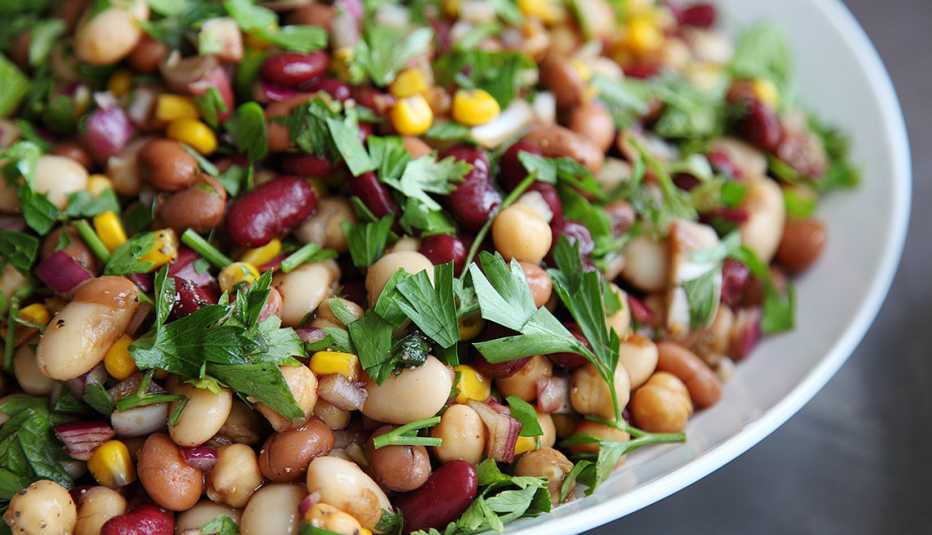Staying Fit
While it's safe to say that meat hasn't been enjoying a lot of great press lately, if you're someone who loves the occasional turkey burger or chicken Caesar, there's a bit of other health news you might want to hear. Research is showing that you may not have to give up your favorite meat-based meals to reap the rewards of a plant-based diet.
Studies have long shown that eating a vegetarian diet may help prevent heart disease, certain cancers and diabetes, as well as keep weight in check. But recently, experts have been noticing that the health benefits of a plant-based diet may not hinge on making it an all-or-nothing proposition.


AARP Membership— $12 for your first year when you sign up for Automatic Renewal
Get instant access to members-only products and hundreds of discounts, a free second membership, and a subscription to AARP the Magazine.
For instance, according to a recent Harvard University study, substituting one daily serving of red meat with a serving of nuts cut the risk of premature death by nearly 20 percent; replacing the meat with a serving of legumes decreased risk by 10 percent. The more you replace, say researchers, the greater the benefit.
Other studies similarly support the value of “semivegetarian” or “flexitarian” diets. Middle-aged adults who ate more plant-based foods and less meat had a lower risk of heart disease and of dying from any cause compared with those who ate more meat and less fruits and veggies, according to a 2019 study from Johns Hopkins Bloomberg School of Public Health published in the Journal of the American Heart Association. The results show that “one does not have to be a full vegetarian or vegan,” says study lead author Hyunju Kim. “Consuming a diet that is higher in plant foods and lower in animal foods is helpful.”
The reasons may be as much about what you add to your diet as what you subtract. “When you choose nutrient-rich plant foods like vegetables, fruits, nuts, seeds, whole grains and pulses, you'll be getting plenty of health-promoting phytonutrients and dietary fiber,” says Jackie Newgent, culinary nutritionist and author of The With or Without Meat Cookbook . And, there's an added bonus to doing so. “It leads to a more sustainable food system, improving the health of our environment."
Thankfully, there are plenty of easy ways to start eating less meat and more plants. Here are a few simple and delicious culinary tricks you can use to shift the balance of your diet without sacrificing flavor.



































































